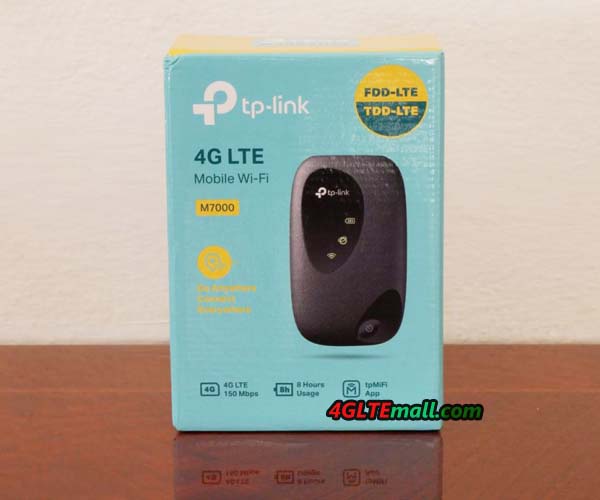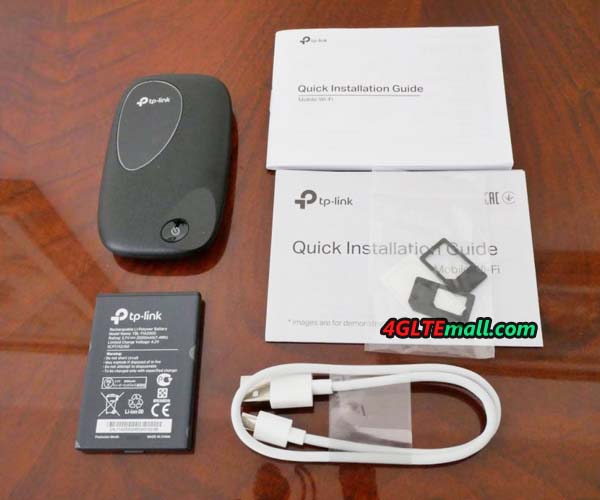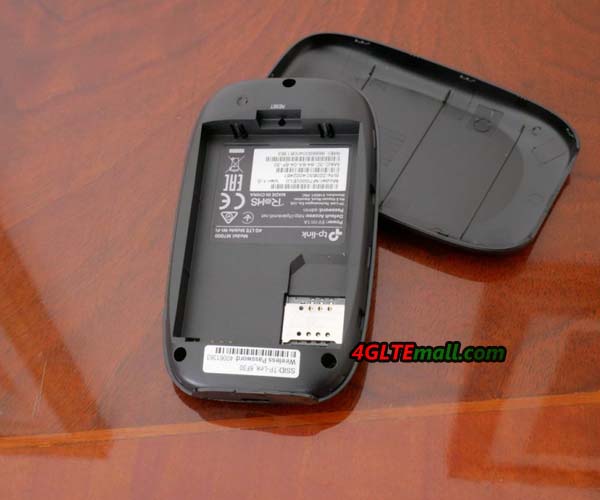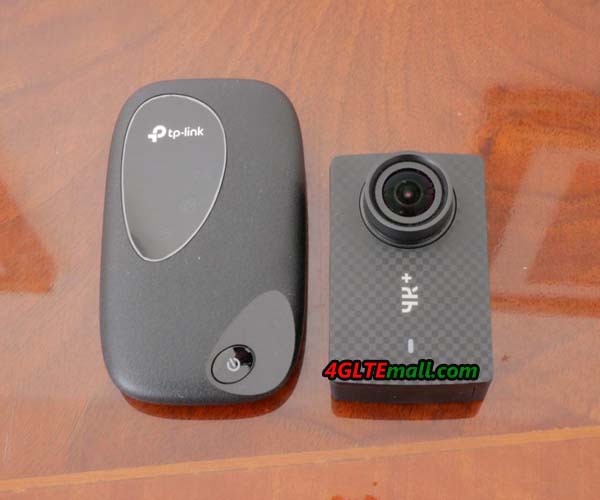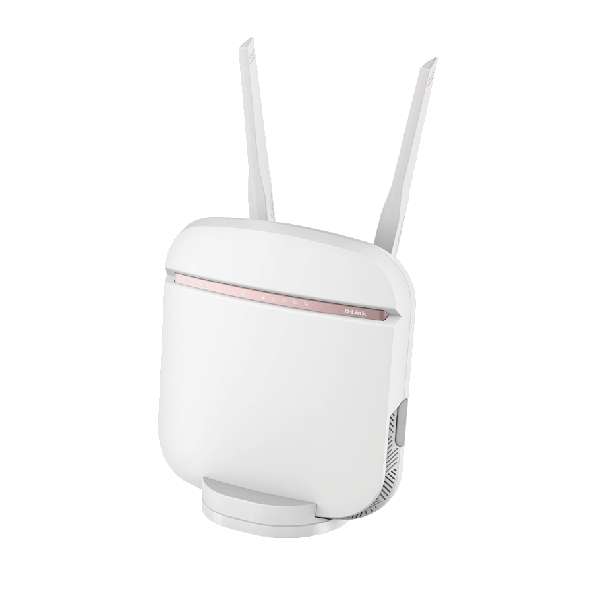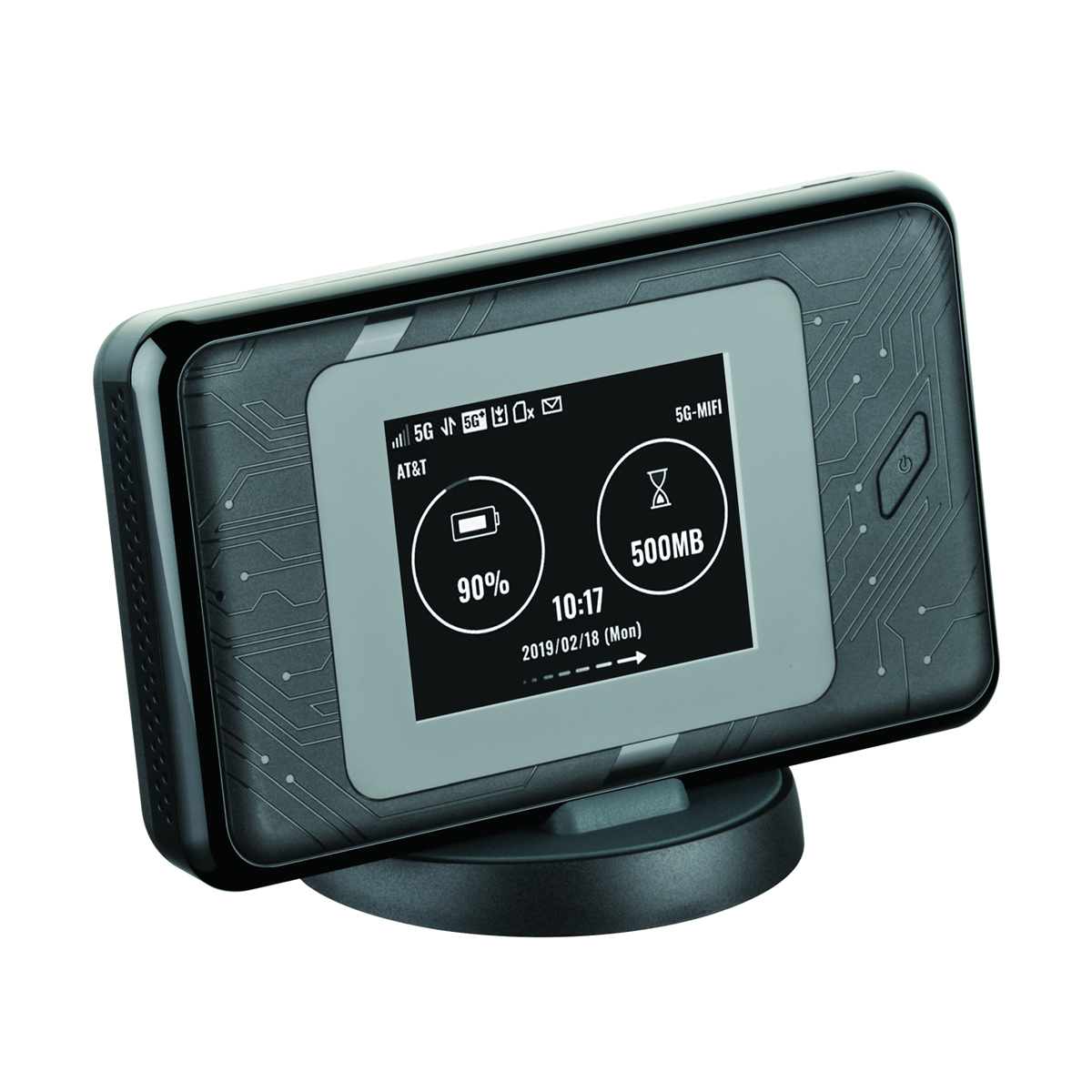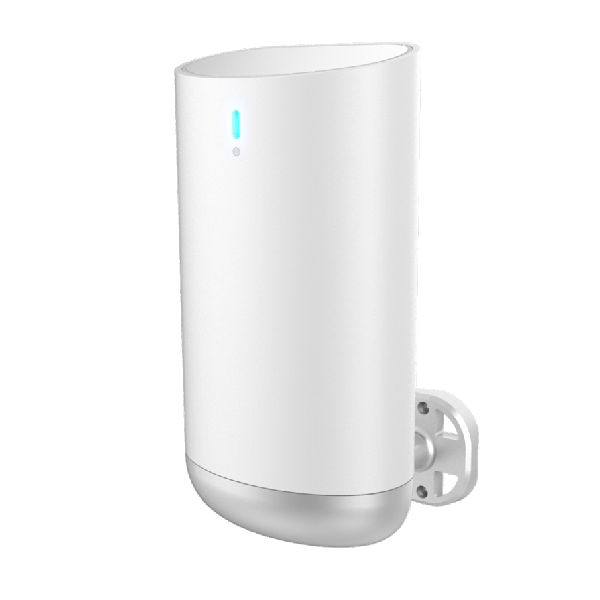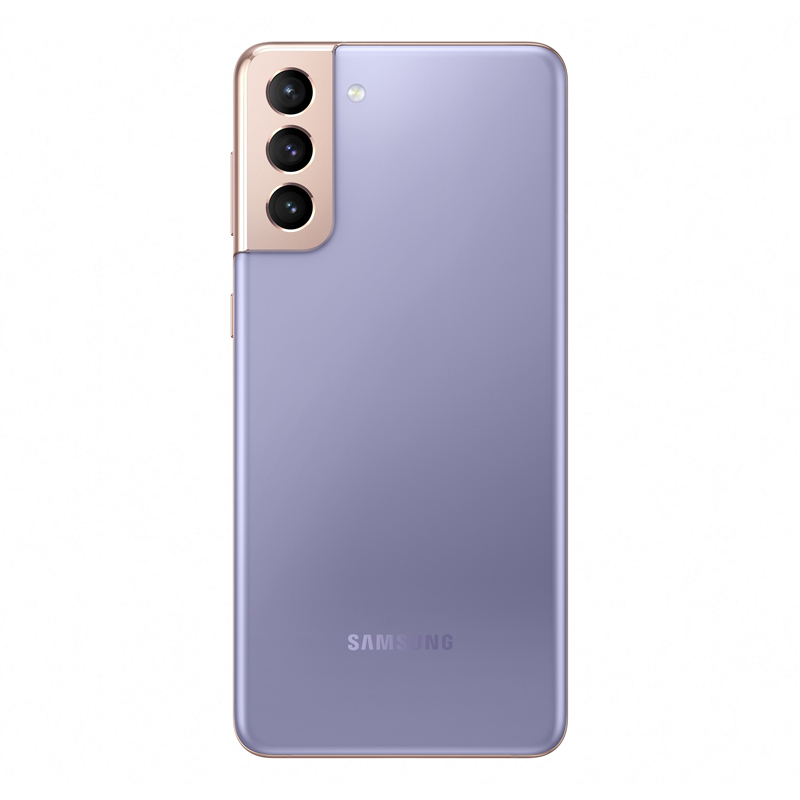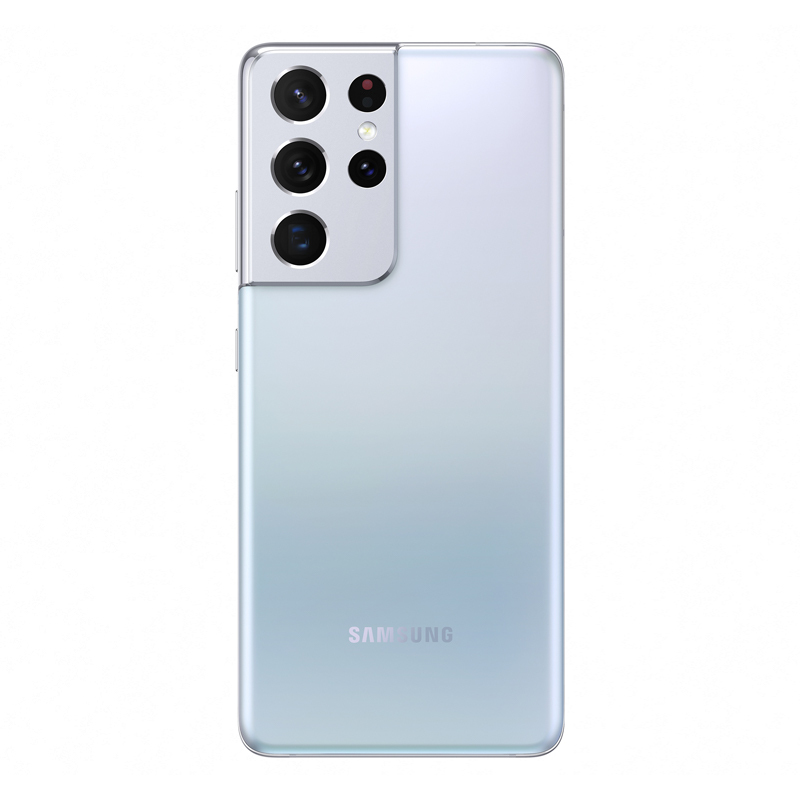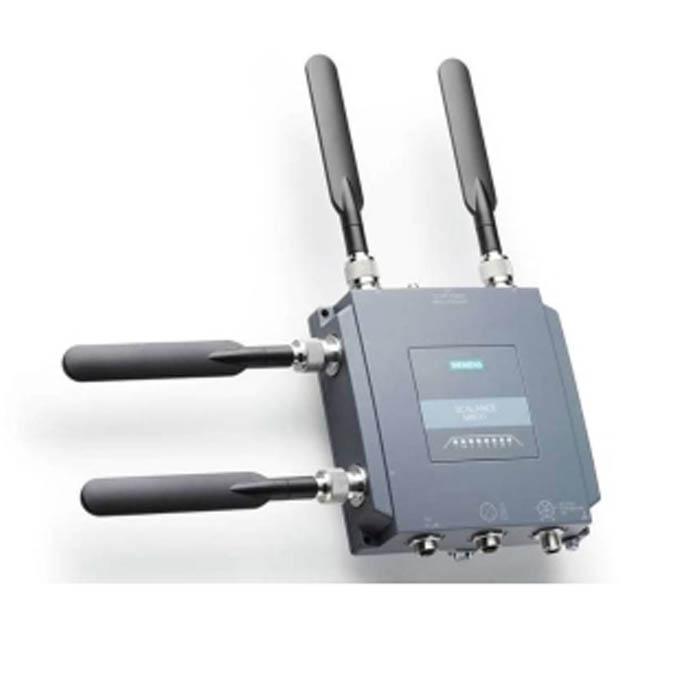-
[PR]
×
[PR]上記の広告は3ヶ月以上新規記事投稿のないブログに表示されています。新しい記事を書く事で広告が消えます。
-
TP-Link M7000 4G Mobile WiFi Hotspot Test
The TP-Link M7000 LTE router has been available in Europe since mid-2020 and is the successor to the almost identical TP-Link M7200. The 4G LTE router costs less than 100USD in online shops without a contract and is suitable for all tariffs and SIM cards (no SIM lock).
In addition to the router itself, the package content also includes a short USB to micro USB cable. This cable allows the battery to be charged at any USB port, such as an existing USB power supply unit or a computer. There is no power adapter included, which is understandable given the low price.
Furthermore, there is a printed user guide included. TP-Link has also included an adapter that enables the use of Nano SIM or Micro SIM cards in the router. In the test, however, a SIM adapter supplied by the network operator also worked without any problems.
If you pick up the TP-Link M7000, you immediately notice the compact dimensions and the low weight of only around 86 grams including the battery. As a result, the TP-Link 4G WiFi router is hardly a problem in a small handbag or in a vest pocket. 3 status LEDs on the front indicate the operating status, there is no display.
TP-Link M7000 LTE Modem
The cellular modem in the TP-Link M7000 Hotspot supports the cellular standards 3G / UMTS and 4G / LTE. 2G/GSM is not supported, which is not tragic in view of the low speeds in the 2G network.
The router can use almost all LTE frequency ranges that are important for Europe: Band 1, 3, 5, 7, 8 and 20 but without band 28 (700 MHz). Since band 28 is used in particular in rural regions and there mostly in combination with band 20, this is probably only a critical point for a few users.
The theoretically maximum possible speed is 150 Mbit/s in the downlink and up to 50 Mbit/s in the uplink. This is a slow LTE modem by today's standards, but considering the low price, that's fine. In practice, several devices can be supplied with fast internet without any problems and several parallel video streams were also not a problem in the test.
Unfortunately, the maximum speed is limited by the weak WLAN module. In the test, a maximum of 55 Mbit/s could be measured in the download and up to 45 Mbit/s in the upload via LTE. For comparison: with a current smartphone (Apple iPhone 12 mini), around 300 Mbit/s for download and almost 200 Mbit/s for upload were possible at the same location. If TP-Link had installed a faster WLAN module, at least the maximum speed of the modem would have been possible. Unfortunately, the M7000 cannot be used as a USB modem either, so you only have to rely on WiFi.
TP-Link M7000: WLAN in the test
The TP-Link M7000 can supply up to 10 devices with a WLAN connection at the same time. The router works exclusively in the WLAN frequency band around 2.4 GHz; a connection with up to 145 Mbit/s could be established in the test. However, this is the gross data rate; in practice - as already described in the modem test - significantly lower bandwidths are achieved. The router does not offer a guest WLAN function.
The range is absolutely sufficient for a small apartment, a summer house or a caravan. However, a range of more than 10 meters is hardly possible if there are still obstacles such as a wall between the router and the end device. The WLAN transmission power and thus the range can be reduced in the menu, there are a total of three power levels. There is also the option to automatically switch off the WLAN after 10 minutes if no device is active in the WLAN.
The WLAN module cannot be used as a repeater or extender. Other mobile LTE routers partially offer this function, so that an existing WLAN network can be used for Internet access. This function, sometimes called "WLAN Offloading", is useful to save data volume.
Operation via app and web interface
In some places the user has to forego convenience functions with the M7000, which are quite common with more expensive mobile router models such as Huawei E5788, Netgear Nighthawk M1. This definitely does not apply to the software and operation, TP-Link has done a good job here.
Most users will certainly use the "tpMiFi" app to operate and configure the TP-Link M7000. The app is available for both Android and iOS and provides quick instructions on starting up the router right from the start. The app is very clearly designed and offers all functions that are also available in the browser web interface. This is very commendable, because many other manufacturers only provide a reduced range of functions via their apps.
If you don't want to install an app, you can easily operate the TP-Link M7000 via a browser web interface. The user interface is accessed via the IP address 192.168.0.1. After the first request, a new password must be set, after which you can start. Unfortunately, the web interface of the test device was only available in English.
Various status information is visible on the start page, both in the app and in the web interface. This includes statistics on data consumption, information on the WiFi connection and information on the cellular connection. Separate menus are available for more detailed information and settings.
A wide variety of things can be configured for the Internet connection, for example a data volume limit can be set, after 90% of the data used, a notification is sent and at 100% the data connection is disconnected. Data usage abroad (data roaming) can also be activated and deactivated. The router is set to "4G preferred" at the factory, but can also be set to "4G only" or "3G only" if necessary.
Battery life in the test
The battery on the TP-Link M7000 can be changed without any problems and has a capacity of 2,000 mAh. The manufacturer advertises a battery life of up to 8 hours. In the test, the battery life with activated energy-saving mode and WLAN range “medium” was checked. For the duration of the test, at least 2 devices were connected at the same time and there was a permanent internet radio stream. The battery lasted around 6 hours under these conditions. If the WLAN transmission power is set to "low" and no permanent streaming is used, the specification of TP-Link (8 hours) can even be realistically achieved.
During continuous operation, the TP-Link M7000 became slightly warm, but not hot. This is completely normal for a 4g mobile hotspot and compared to many other devices the hotspot stayed relatively cool.Other things about the TP-Link M7000
If you are looking for a mobile router with an RJ45 Ethernet LAN connection, you will not be happy with the TP-Link M7000, because the router only has the aforementioned micro-USB connection. The Huawei E5885 may be a good hotspot for you. There are also no connections for an external cellular antenna.
In addition to SMS, USSD codes can also be sent via the web interface or the app. This is useful, for example, to check the credit of a prepaid card or to set the main card for a multi-SIM.
Test conclusion: TP-Link M7000
The TP-Link M7000 is a very inexpensive mobile LTE router, but the device made a good impression in the test. The device is small and compact, the battery life is good and operation is easy thanks to good software. You have to do without comfort features such as a LAN connection or connections for external antennas.
The biggest weak point is certainly the relatively slow WLAN module, which reduces the maximum data rate of the LTE modem from theoretically 150 Mbit/s to around 55 Mbit/s in practice. If you can live with the limitations, the TP-Link M7000 is a good mobile LTE router.
PR -
D-Link Presents New 5G Router and 5G Mobile Hotspot
At CES 2021, D-link presented a number of new products, which include some 5G products, more precisely a 5G router and a 5G mobile hotspot. Both products should go on sale in the market in the course of the year. Unfortunately, there isn't too much information available yet.
The new AC2600 Wi-Fi router DWR-978 not only supports fast WiFi, but also the new 5G cellular standard. This makes it ideal for households that do not have a fast DSL or fiber optic connection. Of course, the prerequisite is 5G reception and an inserted nano SIM card in the corresponding slot. If there is no 5G coverage, the device switches to LTE.
The internet signal is distributed wirelessly to the surrounding area via WLAN ac. A combined rate of up to 2,600 Mbit/s (AC2600) is possible here. Two external antennas are responsible for sending and receiving the signals and should ensure optimum reception. In addition, four LAN ports with gigabit speed are available. A total of 128 devices in a home network can be connected to the new DWR-978 router from D-Link.
The D-Link DWR-2101 is a mobile hotspot with 5G support. The device not only masters the new cellular standard for fast, mobile internet, but thanks to Wi-Fi 6 it can also be quickly distributed to surrounding devices. According to the manufacturer, up to 1.8 Gbit/s are possible, whereby the two frequencies 2.4 GHz with up to 574 Mbit/s and 5 GHz with a maximum of 1,200 Mbit/s add up. WPA encryption ensures security. Alternatively, a Gigabit LAN port is available if wired devices are to be connected to the D-Link DWR-2101 while on the move. The 5,260 mAh battery of the Mobile Hotspot is charged via the USB-C port. One battery charge should provide enough energy for a constant connection throughout the day. Operation is via a 2.4 inch touchscreen.
The D-Link DWP-1020 is a 5GNR Sub 6GHz + mmWave CPE that can be mounted on the exterior wall of a home or business to maximise signal reception, especially for mmWave frequencies.
The device is rated to IP65 which means its waterproof to protect it against the elements and is PoE-powered via a 5Gbps Ethernet port for easy installation.
No price has yet been given for the D-link 5G Routers. The release has not yet been precisely scheduled either, but should take place in the course of the year.
-
Samsung Presents Galaxy S21 5G, S21+ 5G and S21 Ultra 5G
A few days ago, Samsung released its Galaxy S21 series 5G mobile phones. Like the predecessor Galaxy S20 in 2020, there are also three models this year: the Galaxy S21 5G, the Galaxy S21+ 5G and the Galaxy S21 Ultra 5G. All models support the new cellular standard, as the name suggests.
Galaxy S21 5G and S21+ 5G Specifications
The two new models Galaxy S21 5G and S21+ 5G have the same equipment in most respects. The most obvious difference is the display size. While the Dynamic AMOLED of the Galaxy S21 5G measures 6.2 inches, it is 6.7 inches in the Galaxy S21+. Both have a resolution of 2,400 x 1,080 pixels with an update rate of up to 120 Hz.
Samsung uses the recently introduced Exynos 2100 SoC with a clock rate of up to 2.9 GHz in both models. The new chip from Samsung naturally supports 5G. There is also 8 GB of RAM. Customers can choose between 128 GB and 256 GB of permanent storage. It should be noted that Samsung has rationalized the slot for memory cards to expand the storage space. The earphones and the power supply unit also fell victim to the red pencil in the scope of delivery. The battery of the Galaxy S21 5G is 4,000 mAh, the Galaxy S21+ 5G has a size of 4,800 mAh.
On the back, the Samsung 5G phone has installed a triple camera in both models. It consists of a main sensor and an ultra-wide-angle camera with 12-megapixel sensor and a telephoto camera with 64-megapixel. This setting differs from its predecessor only in small details. In the front there is a selfie camera with 10 megapixels in the display. Samsung also installed an ultrasonic fingerprint sensor under the display and facial recognition. Samsung uses Android 11 with One UI 3.1 as the operating system. The price of the Samsung Galaxy S21 starts at 999USD. The Galaxy S21+ 5G Phone starts at 1100USD.
Galaxy S21 Ultra 5G with a better camera
As in the previous year, Samsung has also unveiled an Ultra model for the Galaxy S21. The Samsung Galaxy S21 Ultra 5G is equipped with a 6.8-inch display and a 5,000 mAh battery. The SoC is identical, but with 12 GB of RAM and 128 GB of storage, 12 GB and 256 GB, and 16 GB and 512 GB more storage.
The biggest difference of the Ultra model is again the rear camera. Here Samsung relies on a quad camera with a 108-megapixel wide angle, an ultra-wide-angle camera with 12 megapixels and two telephoto lenses with 10 megapixels each. The price of the Samsung Galaxy S21 Utra 5G starts at 1300USD
-
Alcatel HH71 LinkHub 4G Home Router Review
In 2020, Alcatel offers a 4G LTE router HH71, which also bears the name "LINKHUB LTE cat7 Home Station" and it has been sold at congstar since March 2020 as a "Homespot" LTE router together with the Homespot tariffs. The Alcatel 4G Router connects up to 32 devices to the LTE cellular network via WiFi.

Alcatel LinkHub HH71 Router Specifications
Manufacturer and type designation: Alcatel HH71
Chipset: Qualcomm MDM9240-1
LTE category: Cat. 7
Download rate up to: 300 Mbit/s
Upload rate up to: 150 Mbit/s
Supported LTE bands: 700, 800, 900, 1800, 1500,2100, 2600 MHz
Downward compatible with: UMTS/GSM
Support from LTE-Advanced: Yes
MIMO Support: Yes
Connection for external antenna: yes, TS-9 Connector(Buy Alcatel HH71 Antenna)
Telephone
With integrated telephone system: No; only model HH71V1
Connection for ISDN telephones:-
Connection for analog telephones: no, (only HH71V1)
DECT: No
integrated answering machine: No
Network | LAN & WLAN
LAN ports: yes, 1 port
WLAN standards: IEEE 802.11 a/b/g/n/ac, 2.4 + 5 GHz
5 GHz WLAN support: Yes
Encryption: WEP, WPA, WPA2
WiFi hotspot function: yes, up to 32 devices
Others
Battery pack: No
Dimension: 145 x 100 x 89.3 mm
USB: No
Memory card extension: No
Release: 1st quarter 2020
Price: 199.00USD
available at: »www.4gltemall.com
Information material
Manual as PDF» Currently not available
Datasheet PDF»
Speed up to 300 Mbit/s
Theoretically, the Alcatel HH71 supports download rates of up to 300 Mbit/s. Uploading via the mobile data network is possible at a speed of up to 100 Mbit/s. However, as with all devices of this type, these are only theoretical values.
Technically, the Alcatel HH71 supports LTE Cat 7 and the LTE bands 700, 800, 900, 1800, 1500, 2100 and 2600 MHz. Reception can be improved by connecting up to two external LTE antennas(TS-9 connector). The prerequisite for reception is that a 4G SIM card is inserted.
WLAN for at home
The name "LINKHUB LTE cat7 Home Station" already shows that the Alcatel HH71 router is primarily intended for use at home. It can be used wherever there is no broadband connection and the Internet is to be supplied via the LTE cellular network. It also fits that the 4G LTE WiFi router has no integrated battery, so it is always dependent on a socket nearby. The Alcatel HH71 is therefore not a mobile router that can be used anywhere as a WLAN hotspot. Instead, it opens up a WiFi connection at home. It supports IEEE 802.11 a/b/g/n/ac with the two frequencies 2.4 and 5 GHz. Up to 32 devices such as smartphones, tablets, smart TVs, laptops and more can connect wirelessly to the LTE router. The multi-antenna technology 2 × 2 MIMO ensures a stable connection and good reception. There is also a LAN port that can theoretically be expanded via a hub. It also has an RJ11 port for connecting a telephone. However, some variant models may has not the telephone port.

Simple design
Visually, the rounded Alcatel HH71, which is only available in white, is simple. The connections already mentioned are located on the back. At the front there are four status LEDs arranged vertically one above the other for power, WiFi, network and signal. With dimensions of 145 x 100 x 89 mm, it doesn't take up much space either. The weight is 325 g for the HH71VM and 330 g for the HH71V1. However, it does not play a decisive role in a device designed for domestic use.
Inside the Alcatel HH71 is the Qualcomm MDM9240-1 platform. It is supported by 2 GB of RAM and 2 GB of ROM. Alcatel offers its own app for setup and administration. Among other things, they can be used to view the status of the connection and the connected devices, change the SSID and password and much more.
Other competitors
Many other manufacturers already presented many 4G LTE WiFi routers to the market, such as Huawei B528, Huawei B618, Huawei B525, Huawei E5186, ZTE MF286, ZTE MF275R, ZTE MF288 etc…Their functions are very similar, the main difference is on the appearance and design. Some of them may have better price.
-
Siemens Presents Industrial 5G Router MUM856-1
Siemens has presented the first industrial 5G router that can be used to connect local industrial applications to the public 5G network. The Siemens 5G router is named Scalance MUM856-1.
Scalance MUM856-1 is coming in 2021
The new 5G router Scalance MUM856-1 should be available in spring 2021. Thanks to the new device, users can remotely access machines, controls and other industrial applications via the public 5G network. In this way, simple remote maintenance of these applications is possible. Here, users benefit from the well-known high data rates that 5G enables.
Sinema Remote Connect, a management platform for VPN connections, also enables customers to conveniently and securely access systems or machines remotely. This even works if they are also integrated in other networks.
Growing demand for remote access
Siemens is serving a booming market with the new 5G router. In industry, the demand for solutions for remote access to machines and systems is constantly increasing. In order to overcome the usually large distances between user and machine, the public cell phone network is used. Participants can even be located in other countries and service technicians can access machines to be serviced from anywhere via mobile radio.
5G will therefore play an important role for industry - not only for private campus networks. The public 5G networks are also important for remote access and remote maintenance solutions. Therefore, a rapid 5G expansion is essential important. The new cellular standard enables significantly faster transmission rates, as is possible with UMTS and LTE. This is especially true at the edges of radio cells and in rural areas, where lower speeds are achieved in favor of larger cells. If 5G is not available, the new Scalance MUM856-1 can also use 4G and thus ensure operation without a 5G network. In addition, the device also supports integration into private local 5G campus networks. Siemens is currently testing this application in its own automotive test center in a standalone 5G test network, where driverless transport systems are connected via 5G.

